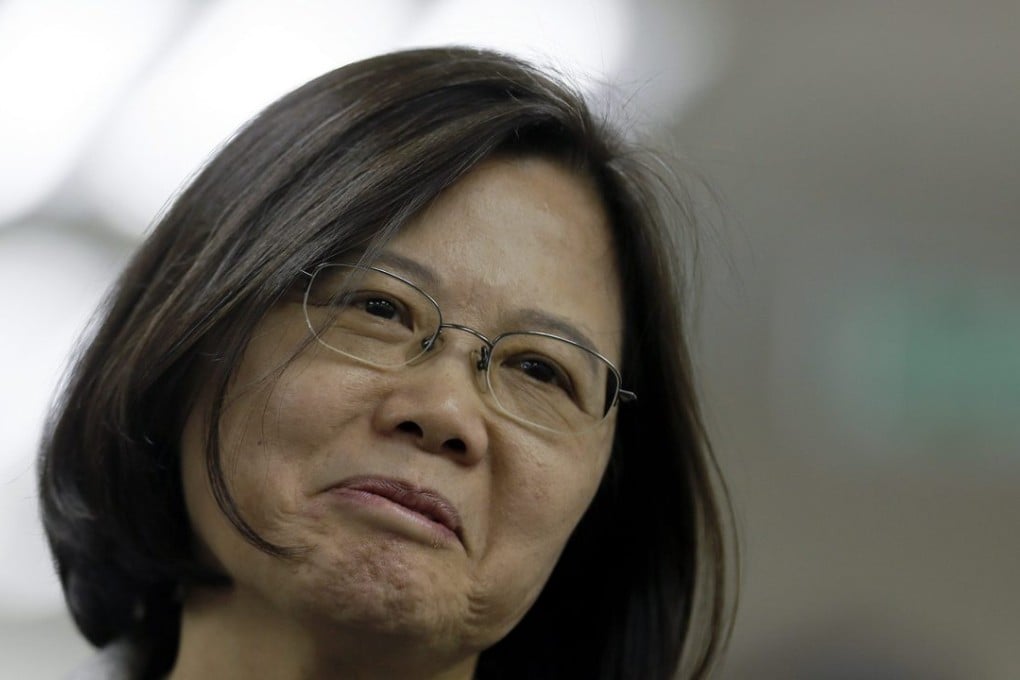New | Taiwan’s economy faces challenges as next president prepares to take helm
Tsai Ing-wen, the island’s first female president, has pledged diversifying the economy as a top priority

Taiwan’s economic outlook is coming under scrutiny following the election victory earlier this month of the stridently pro-independence Democratic Progressive Party, with some analysts saying they’ll be watching for signs of how the relationship with Beijing unfolds.
And while president elect Tsai Ing-wen was careful not to use language on the campaign trail that might upset the “One China” status quo - a linguistic contortion that gives face to both China and Taiwan over who is boss - she is expected to come under pressure from within her party to adopt a more muscular stance on independence while at the same time stimulate growth in an economy heavily tied to a slowing mainland economy.
“Taiwanese corporates are still massively dependent on China. Tsai needs to be very careful in how she approaches the One-China model. This is specially true since the Taiwanese economy has entered a hard-landing. The most urgent thing that Tsai faces is to jump start growth,” Natixis analyst Alicia Garcia Herrero said.
Garcia Herrero says she expects Tsai to try and expand economic ties with Japan and India, adding that it will be interesting to watch how China reacts to her attempts to diversify the Taiwanese economy.

China and Hong Kong combined account for 40 per cent of Taiwan’s exports, according to Natixis data, though some of those exports will be components used in assembly before being shipped again. The next largest destination for Taiwanese exports is the US at 12 per cent.